
Realism
Ochre is one of the principal foundations of Australian Indigenous art. Ochres are primarily natural pigments and minerals found in the soil, or even in charcoal. These natural pigments (colours) were originally used to depict Dreamtime stories and maps. They were used either in body painting, rock painting, on artefacts and sometimes even on sand.

Aboriginal Anangu man wearing traditional body paint to perform inma Stock Photo Alamy
Many Aboriginal communities have been painting their bodies for thousands of years. For these communities, body painting is not necessarily just about visual artistic creativity, it relates to conventions, laws and religion.

Young Aboriginal Girls Telegraph
Introduction. Awelye refers to women's ceremonies associated with women's business and also refers to the painting of designs on a woman's body. Awelye makes connections with the fertility of the land and a celebration of the food it provides. It is performed by Aboriginal women from the Utopia region to recall their ancestors, to show.
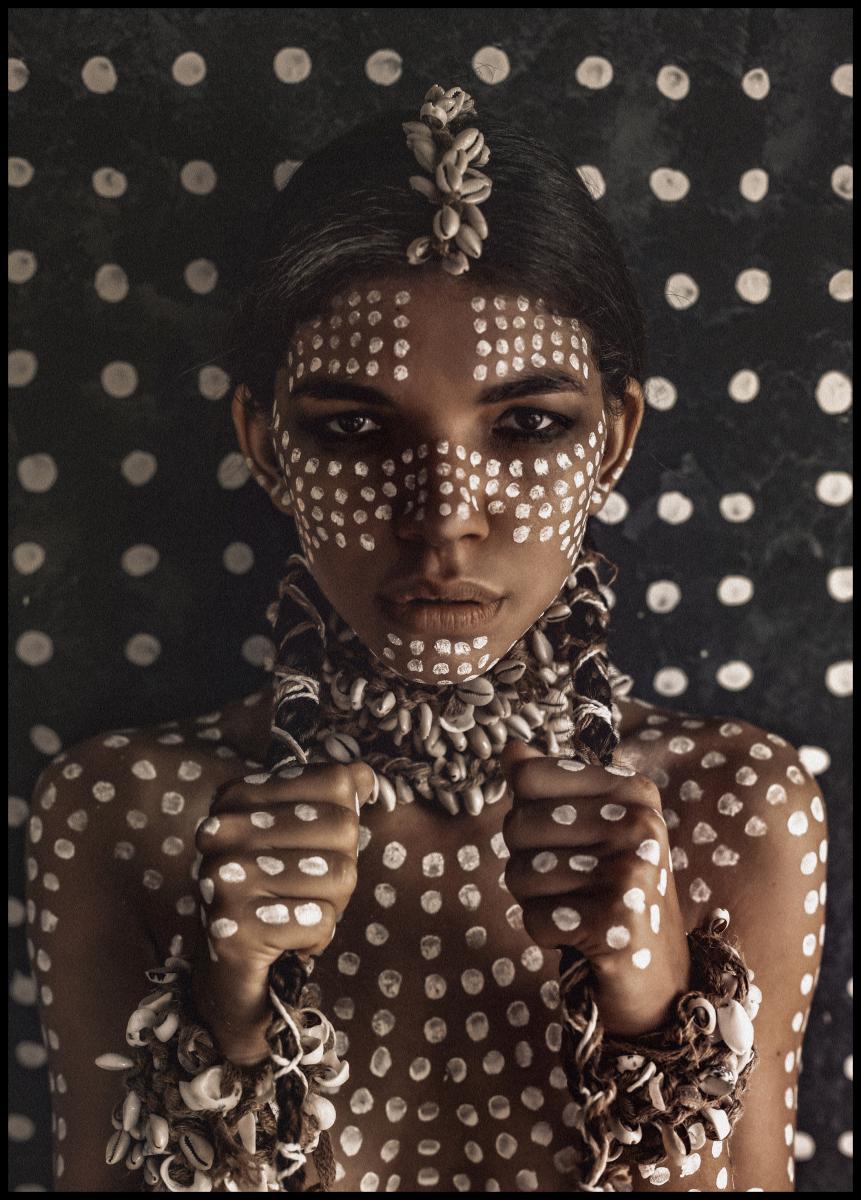
Buy Aboriginal body art I Poster here BGASTORE.IE
The world of Aboriginal ritual and ceremony is a constant source for Aboriginal artists when choosing subject matter for their art and paintings. When preparing for ceremonies it is usual for the dancers to be painted up with ritual designs, using ochre colours on to the dancer's body.

Aboriginal Face Paint Female Fantasy Fest Body Painter 2018 Efferisect
Traditionally paintings by Aboriginals were drawn on rock walls, ceremonial articles, as body paint and most significantly drawn in dirt or sand together with songs or stories. Artwork we see today on canvas and board commenced merely 50 years ago. The Birth Of "Contemporary" Indigenous Art

Aboriginal Body Painting by Colleen Wallace Nungari from Santa Teresa, Central Australia created
Have you ever wondered about the intricate and deeply symbolic world of Aboriginal body art? It's a practice that spans centuries and holds a rich tapestry of cultural significance. From the traditional techniques passed down through generations to the spiritual meanings embedded in each design, Aboriginal body art offers a fascinating window into the history […]

Tjapukai Aboriginal Natives Stock Image C017/6591 Science Photo Library
Indigenous Body Painting and Ritual Decoration Body painting and personal ornamentation holds deep-rooted significance in First Nations' culture. For centuries Indigenous people have used the body as a transmitter of history, cultural stories and lore. The body, through decoration and dance, becomes a remarkable form of non-oral communication.

Aborigines Apply Ceremonial Body Paint Stock Photo Getty Images
The Aurukun Indigenous Knowledge Centres 'bio-cultural program' heads north of the community to collect ceremonial clay to be used for an upcoming reconcilia.

Aboriginal body art among the aborigines have different meaning and significance as well as
Body paint is applied to both men and women. Aranda men from Central Australia covered with thick layers of coloured down, carrying bunches of leaves. Photograph by Ted Strehlow, circa 1949. Aboriginal people have recorded their ceremonial dress in rock paintings and engravings throughout the country.
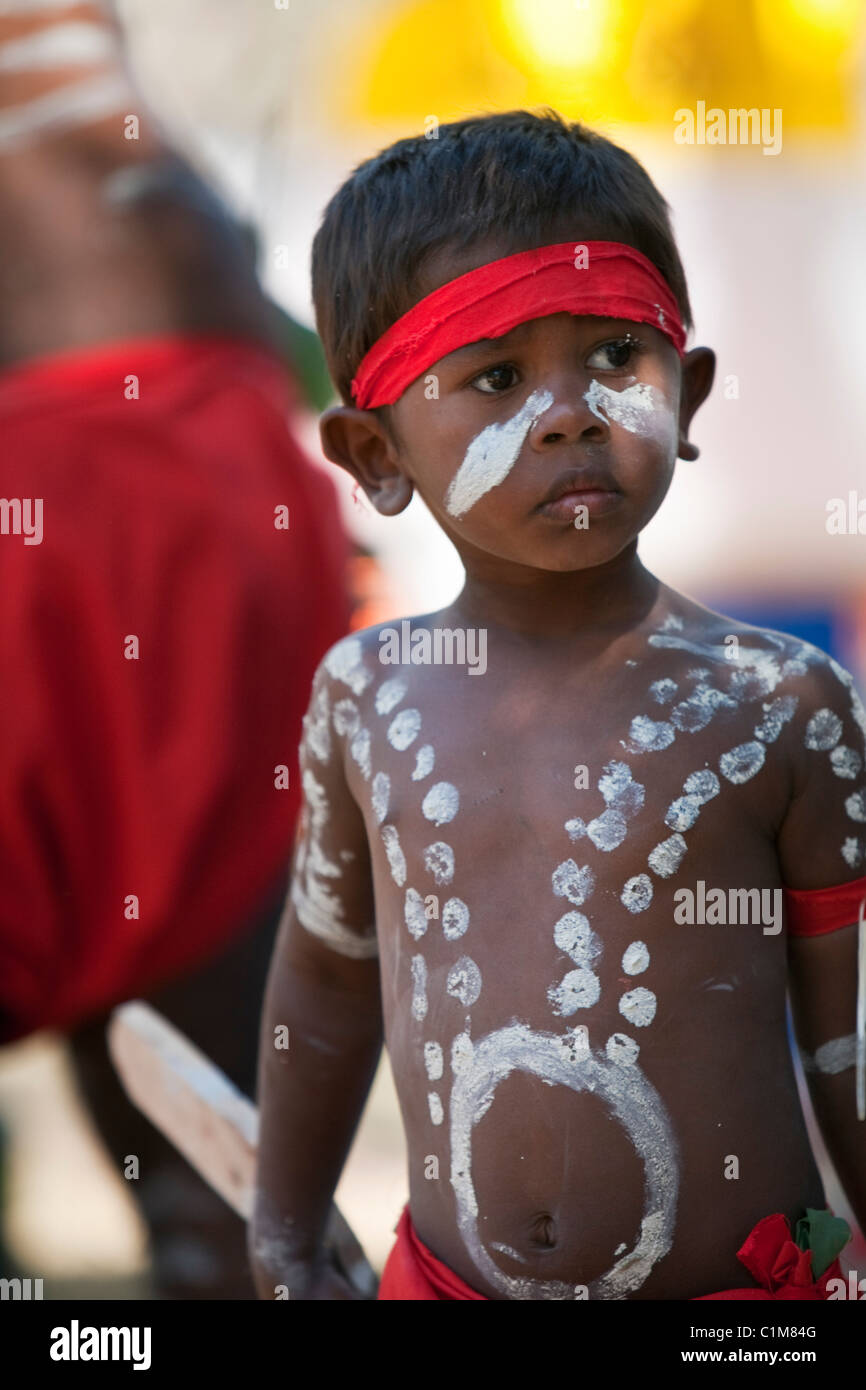
Indigenous boy with traditional body paint. Laura Aboriginal Dance Stock Photo, Royalty Free
Indigenous Australian practices, honed over thousands of years, weave science with storytelling. In this Indigenous science series, we look at different aspects of First Australians' traditional.
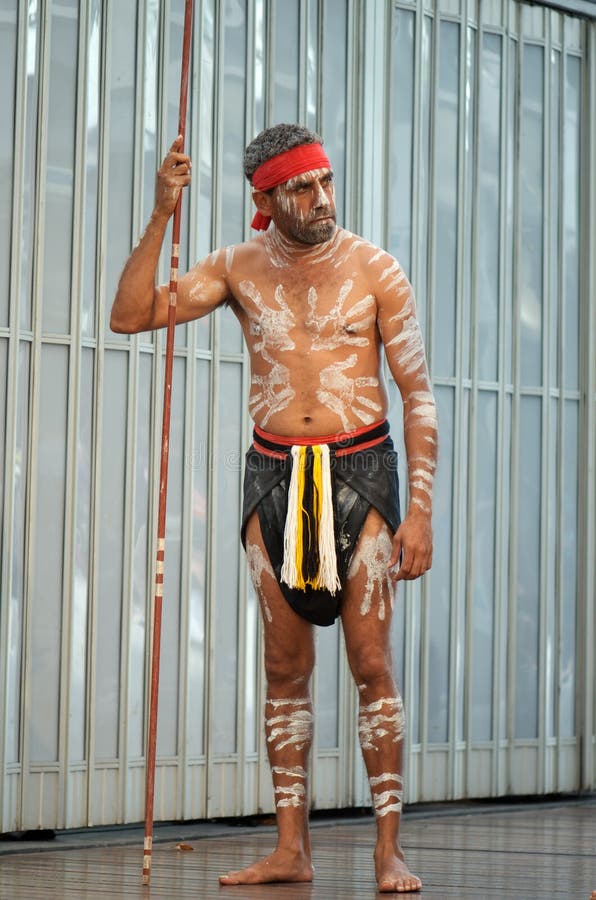
Aboriginal with body paint editorial image. Image of show 23508195
It includes works in a wide range of media including painting on leaves, bark painting, wood carving, rock carving, watercolour painting, sculpting, ceremonial clothing and sandpainting; art by Indigenous Australians that pre-dates European colonisation by thousands of years, up to the present day. Australian Aboriginal Art is the oldest.
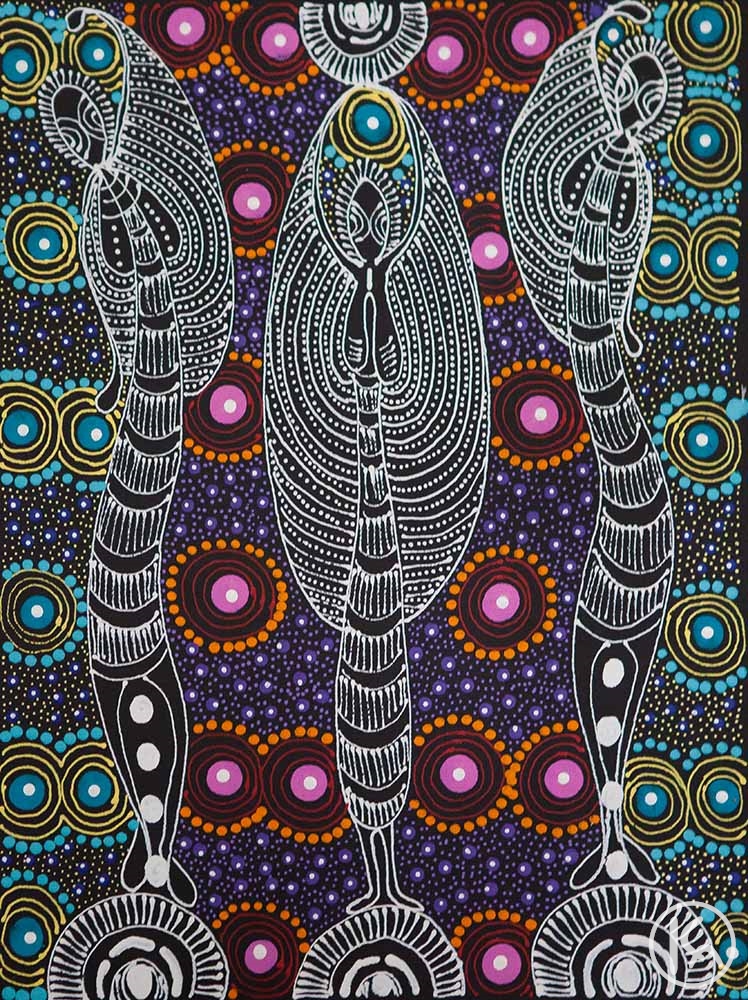
Aboriginal Body Painting by Colleen Wallace Nungari from Utopia, Central Australia created a 31
Aboriginal white body painting is a traditional practice that holds deep cultural significance for Indigenous communities in Australia. This unique form of body art has a rich history and continues to play an important role in Aboriginal identity, spirituality, and cultural revival.
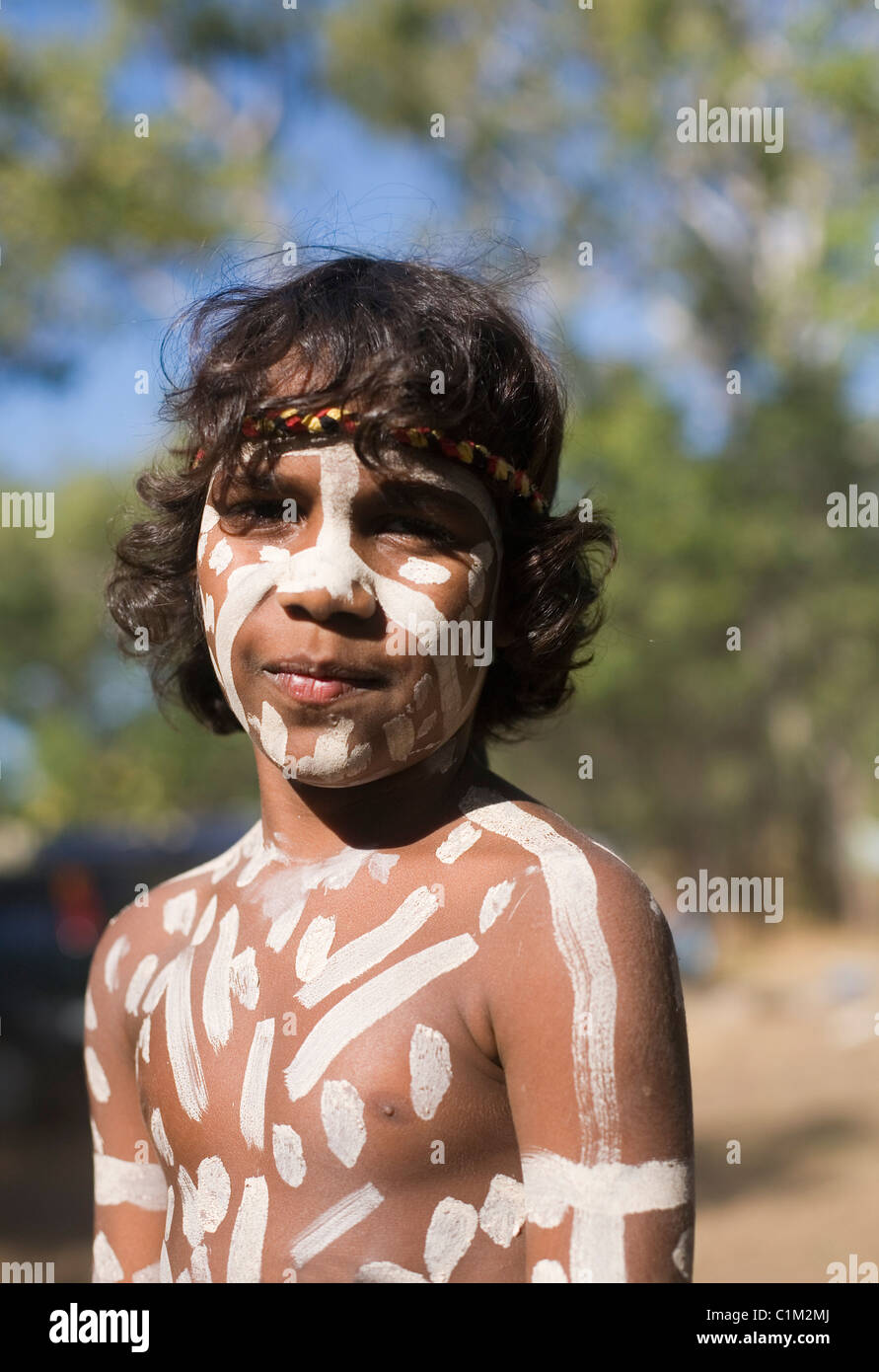
Portrait of a young aboriginal boy in tribal body paint. Laura Stock Photo, Royalty Free Image
The Body Art exhibition explored the many different ways, both temporary and permanent, in which people modify, change, decorate and adorn their bodies. It revealed the what, why, how and where of 'body art'.

Aboriginal body painting is an ancient tradition which carries deep spiritual significance for
Echidnas in Aboriginal life. Australian Museum's Aboriginal Collections: New South Wales Catalogue. In Australia, scarring was practised widely, but is now restricted almost entirely to parts of Arnhem Land. Scarring is like a language inscribed on the body, where each deliberately placed scar tells a story of pain, endurance, identity, status.

What Is Aboriginal Body Paint Made Out Of
Traditionally, the highly creative application of body paint has been used as a way for Aboriginal people to show important aspects of their lives, such as social status, familial group, tribe, ancestry, spirituality and geography. How body painting is used in Aboriginal culture
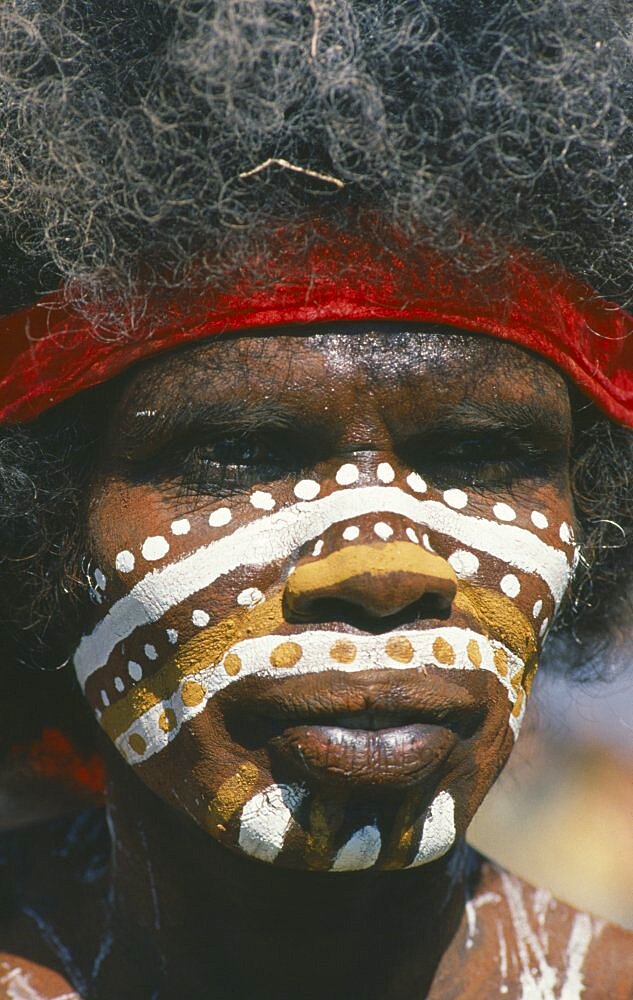
High Quality Stock Photos of "aborigines"
Aboriginal body painting is an ancient tradition of art and personal ornamentation, having a profound spiritual meaning for the Indigenous People of Australia. The cultural practices and the painting on their bodies vary from Native peoples to topographical locations. It is very creative and related to spiritual matters.